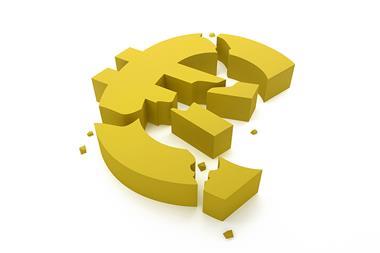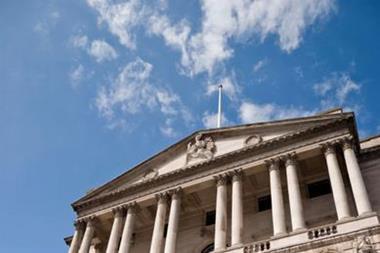by Anthony Murtagh
Members at this month’s Bank of England’s Monetary Policy Committee (MPC) voted 7-2 to extend quantitative easing – its asset purchase programme –by £50 billion. Some went even further and discussed increasing it by an extra £75 billion.
Their vote came in the wake of yesterday’s inflation figures from the Office for National Statistics which showed that a fall in June to 2.4% from 2.8% in May. Inflation has now been steadily decreasing for the last three months.
But while the drop in inflation comes as welcome news for consumers struggling with stubborn unemployment and low to non-existent pay growth, there exists the potential of significant inflationary problems in the medium and long term.
During the boom years billions of pounds worth of credit was created over and above the economy’s productive capacity, and as a result this profligacy money that was once used for investment and consumption is now paying off the debt and its interest.
Currently, inflated asset prices are not sustainable, and the risk is run of entering a downturn where asset prices deflate. Of course the Bank will continue to use artificially low interest rates and QE to prevent this from happening. Yet none of this addresses the elephant in the room which is the insurmountable mound of debt that is constraining saving and consumption.
All the while this continues to exert pressure on asset prices, and requires regular and considerable Bank intervention to prop up asset prices and ensure credit availability. The Bank’s efforts are in vain; merely treating the symptoms and not the underlying illness. In reality, we’ve gone nowhere for the last four years.
Eventually an answer to the problem will have to be found though. Looking at the Euro crisis it is doubtful that this will come from an absolute write-off, which leaves only one other option – inflation.
Where do you see inflation headed in the coming years? Please add your comments below.














2 Readers' comments